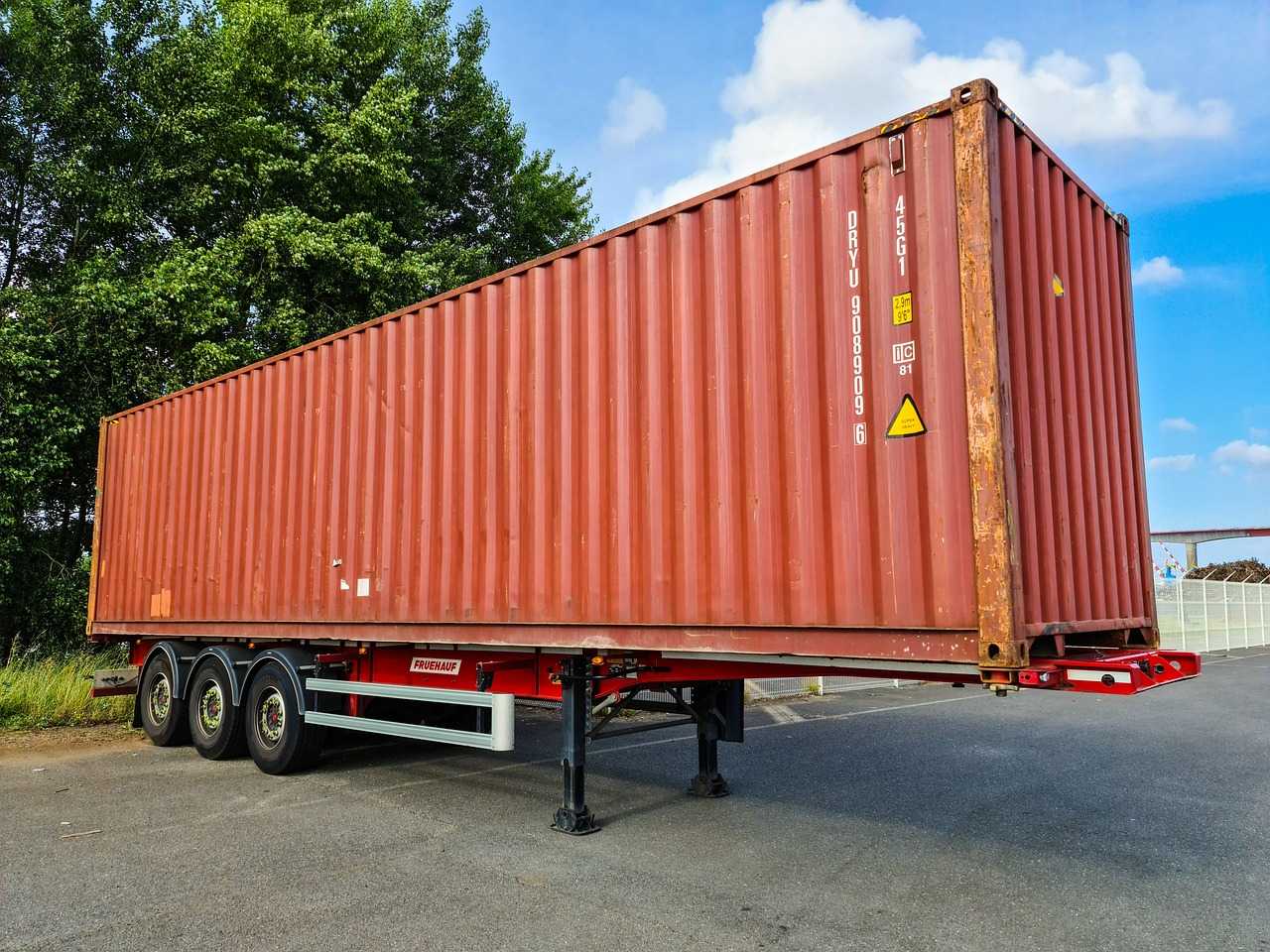
The humble shipping container, a ubiquitous feature of global trade, might not seem like the most fascinating topic. Yet, these standardized steel boxes have revolutionized the way businesses ship goods, and their influence extends far beyond the docks. Their adaptability and durability have spawned a plethora of creative shipping container uses, pushing the boundaries of what a container can be.
Standardized in the 1950s, shipping containers brought order to the chaotic world of freight transport. Prior to their arrival, cargo was loaded and unloaded piecemeal, a labor-intensive and inefficient process. Containers changed everything.
Their uniform size and robust construction allowed for quick and efficient handling, leading to a dramatic reduction in shipping costs and transit times. This revolutionized global trade, enabling the rapid exchange of goods that drives today’s interconnected world.
But the story of the shipping container doesn’t end at the port. Once emptied, these versatile boxes take on a second life, finding their way into various industries. Some of the most common uses include:
1. Storage
From construction sites to backyards, shipping containers offer secure and weatherproof storage for tools, equipment, and inventory. Their modularity allows businesses to scale storage space up or down as needed, making them a cost-effective and flexible solution.
2. Mobile businesses
Pop-up cafes, retail stores, and even restaurants are increasingly housed in modified containers. Their portability and eye-catching aesthetics make them ideal for temporary ventures or businesses looking for a unique storefront.
3. Homes and offices
The robust structure and modular nature of containers have led to their use in creating innovative and sustainable housing solutions. Architects and designers are utilizing them to build eco-friendly homes, offices, and even disaster relief shelters.
4. Event spaces
Festivals, music events, and outdoor markets often use repurposed containers as booths, stages, or exhibition spaces. Their distinctive look adds a touch of industrial chic to any event, while their sturdiness ensures they can withstand even the most enthusiastic crowds.
5. Specialized applications
Beyond these common uses, containers are endlessly adaptable. They can be modified to serve as mobile medical clinics, hydroponic farms, disaster shelters, or even swimming pools. Their versatility continues to inspire new and innovative applications.
The success of shipping containers lies in their inherent combination of strength, portability, and adaptability. They represent a perfect example of industrial design at its finest, balancing functionality with practicality. Their journey from ocean liners to pop-up cafes and beyond demonstrates how a simple idea can have a profound impact on diverse industries, influencing everything from trade to architecture.
As we look toward the future, the possibilities for shipping containers seem endless. With advancements in technology and design, we can expect to see even more innovative and sustainable uses emerge. These resilient boxes, once destined for a single journey across the ocean, are now proving to be the building blocks for a more flexible, creative, and sustainable future.
Conclusion
This article has just scratched the surface of the fascinating world of shipping containers. Their impact on business and society is undeniable, and their future potential is nothing short of exciting. So, the next time you see a container stacked high on a cargo ship, remember, it’s not just a box moving goods – it’s a symbol of global trade, ingenuity, and endless possibilities.